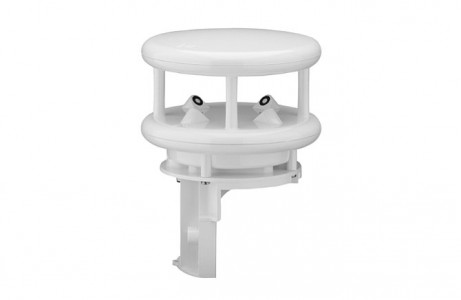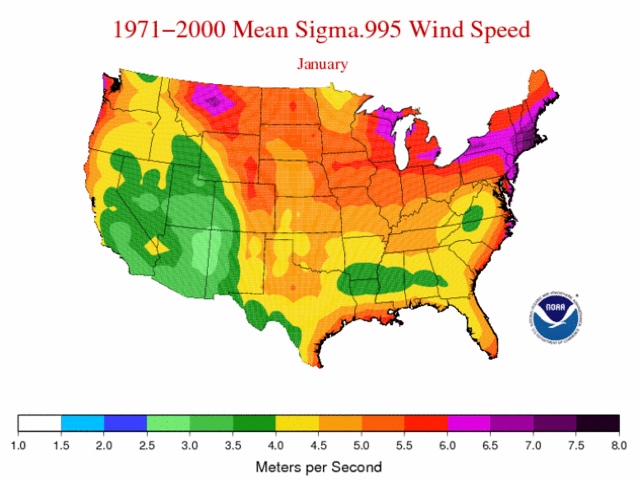

The cookie is used to store the user consent for the cookies in the category "Analytics". This cookie is set by GDPR Cookie Consent plugin. These cookies ensure basic functionalities and security features of the website, anonymously. Necessary cookies are absolutely essential for the website to function properly. We continually validate our models and ensure of the accuracy and reliability that you would expect from us. Our analyses have been deployed in over 500 commercial solar parks, with over 50GW installed capacity worldwide. Moreover, the resolution of the result is down to 5m, the basic wind speed is down to every direction and every month. Our analysis complies with all major building codes, such as ASCE 7-16, 7-10, 7-05, Eurocode EN 1991 1-4, GB 50009-2012, etc.
#Wind speed code#
For example, the American building code ASCE permits reduction in basic wind speed when approved extreme-value statistical-analysis procedures have been employed in reducing the data, and the length of record, sampling error, averaging time, anemometer height, data quality, and terrain exposure of the anemometer have been taken into account. These authorities are aware that the Building codes have limitations and allow room for improvement. The building code becomes law of a particular jurisdiction when formally enacted by the appropriate governmental or private authority. The main purpose of building codes is to protect public health, safety and general welfare as they relate to the construction and occupancy of buildings and structures. Moreover, the building code does not exist in many developing countries. There is usually a basic wind speed map in the national building code, however, it is often oversimplified, as the entire country with millions of square kilometre is thrusted into a small A4 paper, or the building code is often conservative resulting in an increased project CAPEX.


In the area where hurricane or typhoon is the cause of basic wind speed, we assess over 6000 historical tropical cyclones and apply the Monte Carlo method to predict the basic wind speed at the site. Our CFD modelling, which takes elevation, roughness and obstacles into account, explores the wind flow across the site in greater detail. Using advanced tools, we assess regional wind conditions that are relevant for the site. The accurate analysis of basic wind speed is vital to secure structural integrity, reduce risks and save capital expenditure by identifying areas with a high risk of wind damage to panels and structures. It is often in the form of maximum 3-second averaging wind speed for 300 return years at 33ft height above ground or maximum 10-minute averaging wind speed for 50 return years at 10m height above ground over the open field.
#Wind speed full#
Hence the full potential of the solar park is not realized.īasic wind speed is the wind speed that is used in determining wind load on the solar structure. However, national building codes are often oversimplified or missing. While solar park design is a key factor in this, the wind loading for the solar panels is of paramount importance. Reducing the cost per megawatt-hour is essential for the success of individual solar parks and the overall growth of solar energy.

The solar panels in red area experience higher wind speed than in the purple area.Ī holistic approach to analyzing basic wind speed helps you determine wind load on solar panels and achieve the lowest risk and CAPEX.


 0 kommentar(er)
0 kommentar(er)
